Shift Towards Minimalism
The Zero Waste Grocery Store Market is likely benefiting from a broader cultural shift towards minimalism and intentional living. As consumers increasingly prioritize experiences over material possessions, there is a growing inclination to simplify lifestyles, which includes reducing waste. This trend is reflected in the rising popularity of zero waste practices, where individuals seek to minimize their environmental impact by choosing products that are package-free or made from sustainable materials. Market data suggests that the number of zero waste stores has increased significantly, indicating a shift in consumer preferences. This movement towards minimalism not only aligns with the principles of the Zero Waste Grocery Store Market but also fosters a community of like-minded individuals who advocate for sustainable living.
Increased Environmental Awareness
The Zero Waste Grocery Store Market appears to be experiencing a surge in consumer interest driven by heightened environmental awareness. As individuals become more cognizant of the ecological impact of their purchasing decisions, they increasingly seek alternatives that align with their values. Reports indicate that approximately 70 percent of consumers are willing to pay more for sustainable products, suggesting a robust market potential for zero waste grocery stores. This trend is further supported by educational campaigns that emphasize the importance of reducing waste and promoting sustainable practices. Consequently, the Zero Waste Grocery Store Market is likely to benefit from this growing demand for environmentally friendly shopping options, as consumers actively seek to minimize their carbon footprint and support businesses that prioritize sustainability.
Government Initiatives and Regulations
Government initiatives aimed at reducing waste and promoting sustainability are likely to play a pivotal role in shaping the Zero Waste Grocery Store Market. Various countries have implemented regulations that encourage businesses to adopt eco-friendly practices, such as banning single-use plastics and incentivizing waste reduction strategies. For instance, legislation mandating the reduction of food waste has gained traction, compelling grocery stores to rethink their operational models. These regulatory frameworks not only create a conducive environment for zero waste grocery stores but also enhance consumer trust in businesses that comply with sustainability standards. As a result, the Zero Waste Grocery Store Market may witness accelerated growth due to supportive government policies that align with the increasing demand for sustainable shopping alternatives.
Growing Demand for Local and Organic Products
The Zero Waste Grocery Store Market is experiencing a notable increase in demand for local and organic products. Consumers are increasingly seeking fresh, locally sourced items that not only support their health but also contribute to sustainable agricultural practices. This trend is reflected in market data indicating that sales of organic products have consistently risen, with many consumers willing to pay a premium for organic and locally sourced goods. Zero waste grocery stores often emphasize the importance of sourcing products from local farmers and producers, thereby reducing transportation emissions and supporting the local economy. This alignment with consumer preferences for organic and local products positions the Zero Waste Grocery Store Market favorably in a competitive retail landscape.
Technological Advancements in Supply Chain Management
Technological advancements are transforming the operational landscape of the Zero Waste Grocery Store Market. Innovations in supply chain management, such as improved inventory tracking and waste reduction technologies, are enabling grocery stores to operate more efficiently while minimizing waste. For instance, the integration of data analytics allows stores to better predict demand, reducing excess inventory and food waste. Additionally, advancements in packaging technology are facilitating the development of reusable and compostable materials, further supporting the zero waste ethos. As these technologies continue to evolve, they are likely to enhance the operational efficiency of zero waste grocery stores, making them more appealing to consumers who prioritize sustainability in their shopping choices.


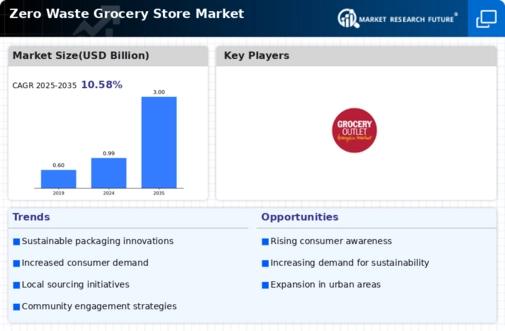
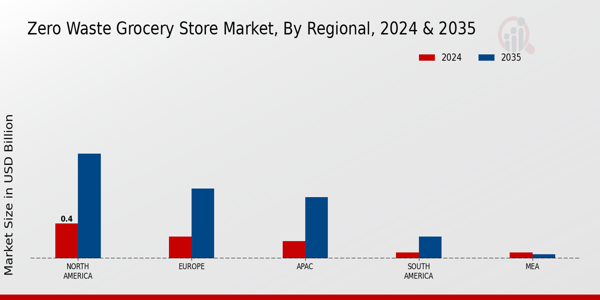

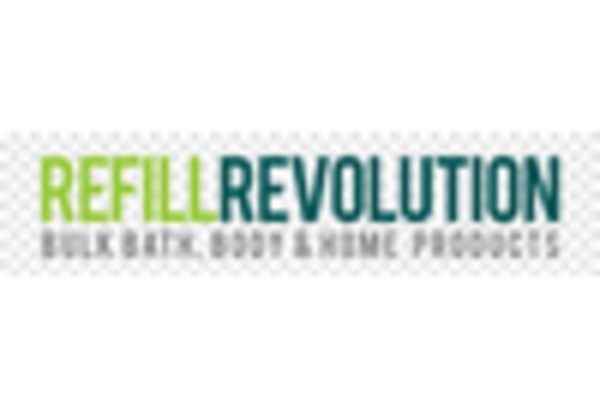
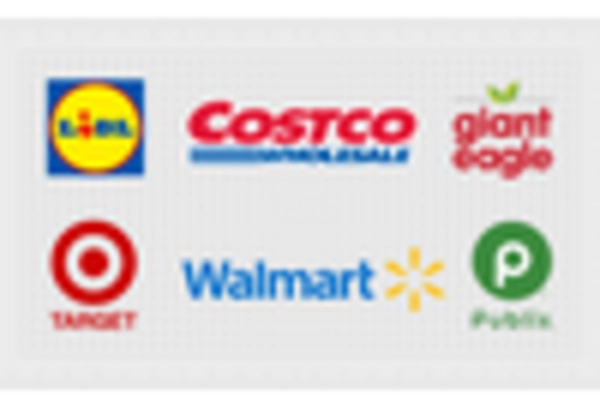
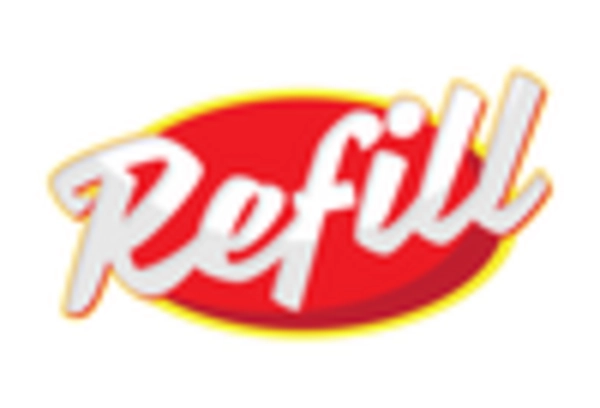

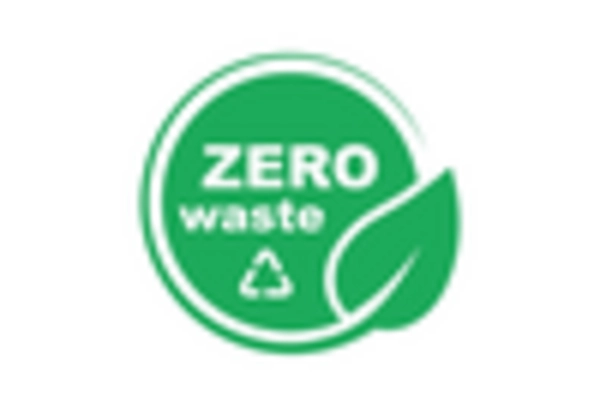








Leave a Comment